2020 marks the once in a decade arrival of the Census, where every individual in the United states is tallied by the U.S. Census Bureau. Capturing these demographic attributes of the population is important not only because they determine how government programs and congressional seats are allotted, but also because they provide an open and…
Mischa Fisher, Chief Economist
Mischa Fisher is the Chief Economist for Angi Inc., including brands Angi (formerly Angie's List) and HomeAdvisor, powered by Angi. In this role, he leads market research including consumer spending behavior, labor market dynamics and residential housing trends.
Prior to joining Angi, Fisher was Chief Economist and economic policy advisor to the Governor of Illinois, where he oversaw the state agencies responsible for economic development, employment security, housing, and professional licensing. Previously, he was a Deputy Director of the Illinois Department of Commerce and a Legislative Director for the United States Congress in Washington D.C, focusing on financial markets, infrastructure, and technology policy.
Fisher's research and insights have appeared in a wide range of popular and industry press including The Wall Street Journal, The New York Times, The Washington Post, The Atlantic, Meet the Press, US News, Fox, and Forbes, among others. He has also spoken as an expert for elite institutions including the National Bureau of Economic Research, the Federal Reserve Bank of Chicago, the National Governors Association, Harvard University, and various industry specific organizations.
Fisher is an instructor in applied quantitative methods and statistics at Northwestern University, and a member of the American Economic Association and the National Association for Business Economics. He completed his undergraduate and graduate degrees in economics at the University of Victoria in British Columbia, Canada.
Recent Posts:
February Jobs Report – Construction Employment off to a Remarkable Start
February saw continued strength in the labor market, with an increase in total payrolls of 273,000, and specialty trade contractor and residential construction jobs growing by 26,000 and 10,000 new jobs respectively. With the strong January construction numbers, 2020 has already created nearly 100,000 new construction jobs just in the first two months, and the…
These are the Most Planned Home Projects of 2020
Last year in our State of Home Spending report, we asked homeowners what are the top three projects they plan to complete in 2020. According to those homeowners, the top three most planned projects of 2020 are: bathroom remodels, landscaping, and new flooring. Over the past several years, we have consistently seen bathroom remodels as…
5 Things to Know about Potential Impacts of the Coronavirus on Trade and Remodeling
There are two key points to know about the coronavirus and its potential impact on the remodeling supply chain. First, the overall impact itself is likely to be limited; second, where there is an impact, things will bounce back relatively quickly.
What the January Jobs Numbers Can Tell Us About Skilled Trades Going Into 2020
January was a banner month for job creation, our third best month in the last five years, but the overall broad performance of construction over the last decade is an important trend. It continues to grow at a faster pace than the rest of the economy, with wages that are still significantly higher on average….
Two Important Lessons from Job Creation in 2019
December 2019 job creation was 145,000 The unemployment rate remained unchanged at a very low 3.5% Construction employment’s share of total employment ticked up to This morning marks the close of 2019’s job creation streak, and also serves as a frist glimpse at what to expect in 2020. December’s numbers – and 2019 collectively –…
The Biggest Trend in Housing Economics?
There are all sorts of ways to look at and understand the dynamics of ownership characteristics within the housing market: new houses under construction, new houses sold, existing houses sold, the comparative mix of types of housing, the sales price of housing, average mortgage sizes, and a myriad of other metrics. Going deeper into understanding…
The September Employment Situation – Fall Fear Relieved
A bad string of manufacturing numbers reignited recessionary fears this week, but the growth of 136,000 jobs in September this morning serves as a timely reminder that a recession is not a foregone conclusion. There are five important things we need to keep in mind going into the fall: First, the September unemployment rate of…
Jobs and Interest Rate Cuts
This morning underscored why we saw two dissenting voices at the Fed meeting on Wednesday; no matter which way you look at it – employment numbers, unemployment rate, wage growth – the labor market remains strong and the American consumer continues to prop up the global economy. However, there is a real economic downside in…
Rates Drop, What’s Next?
The quarter point drop is a welcome preventative measure. While the labor market and consumer spending remain strong, it increasingly looks as if the American consumer is propping up the global economy. An inverted yield curve, below-target inflation, continued trade uncertainty, and nervousness at the length of the expansion all have the potential to eventually…



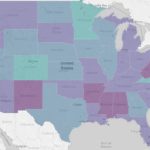
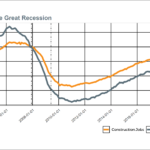
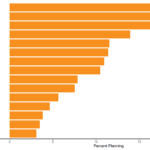


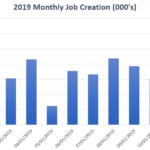
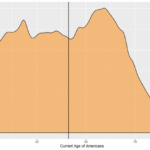

 Press & Media Inquiries
Press & Media Inquiries Angi Economics
Angi Economics